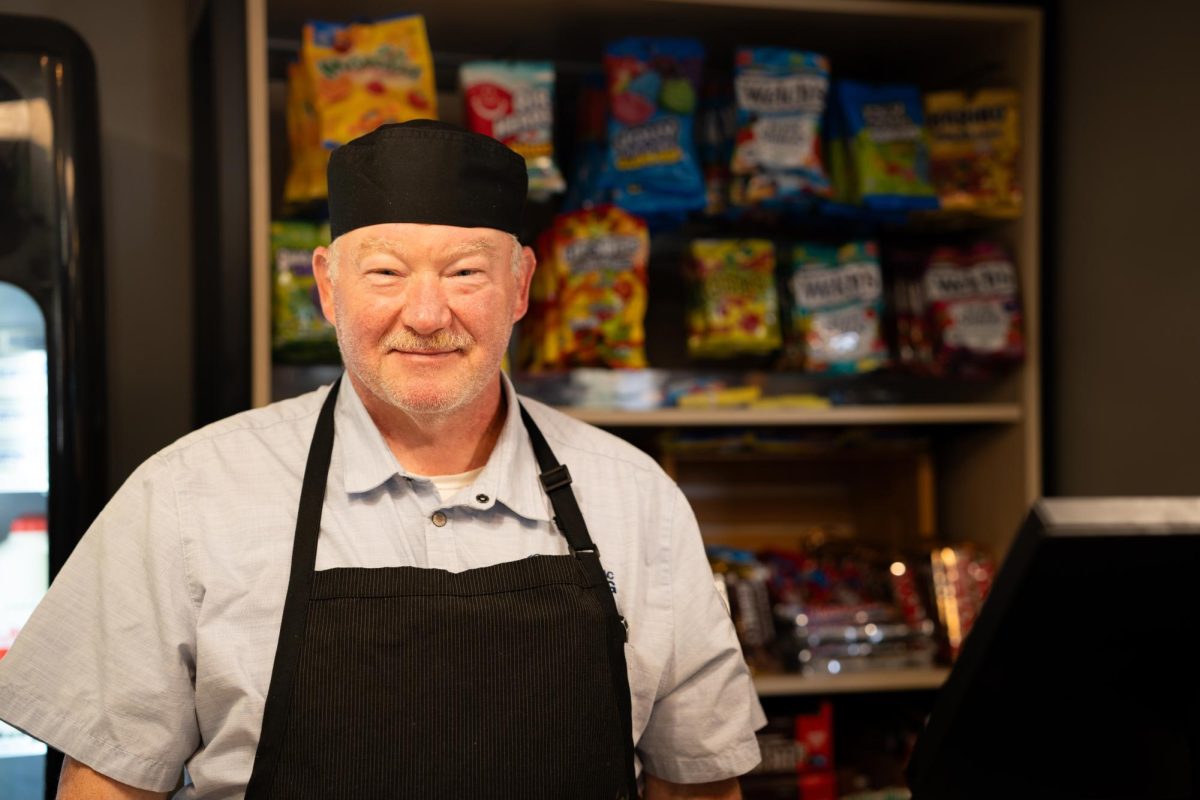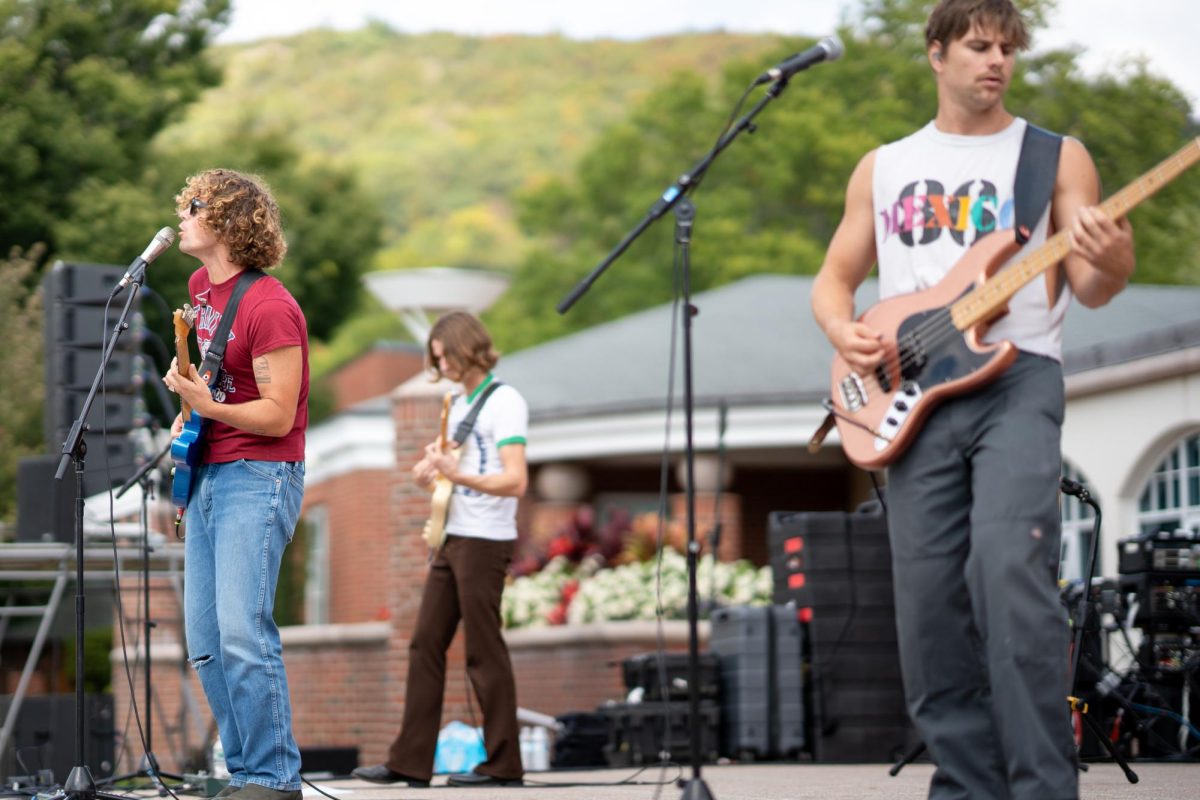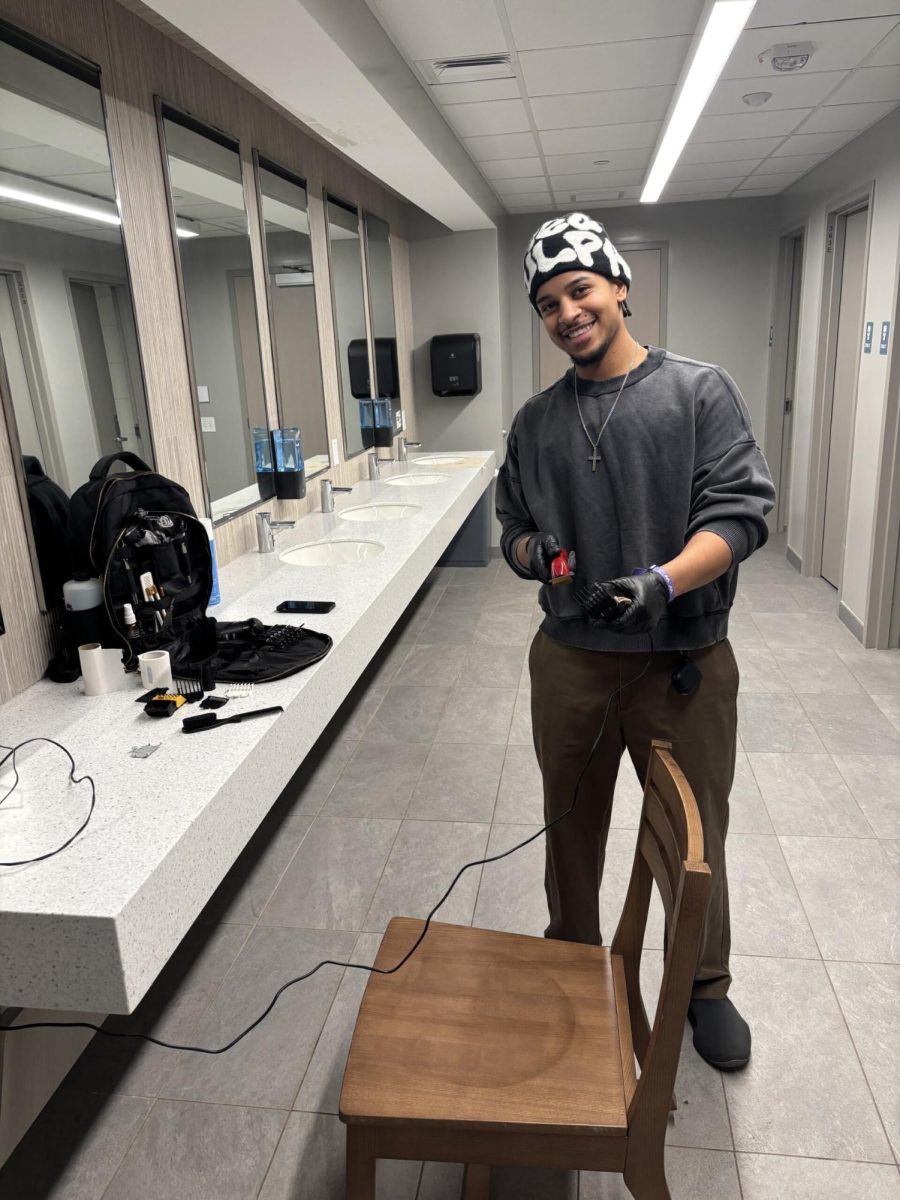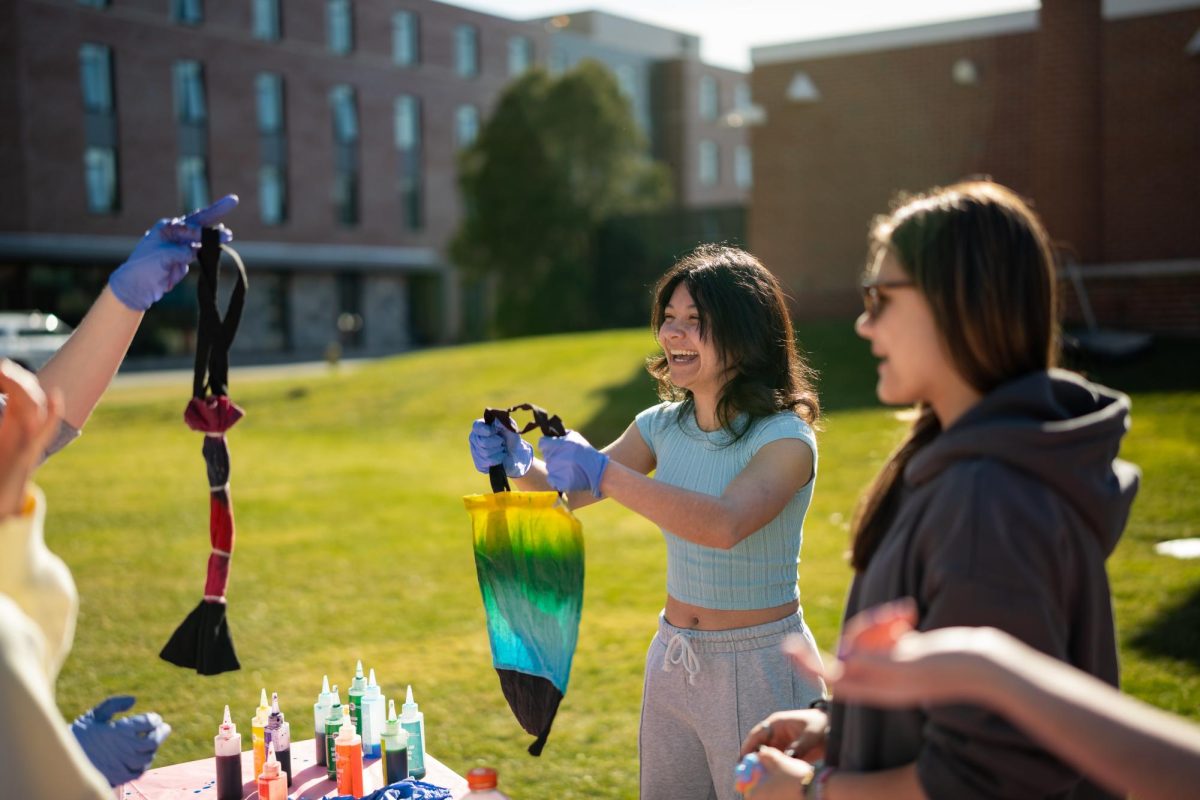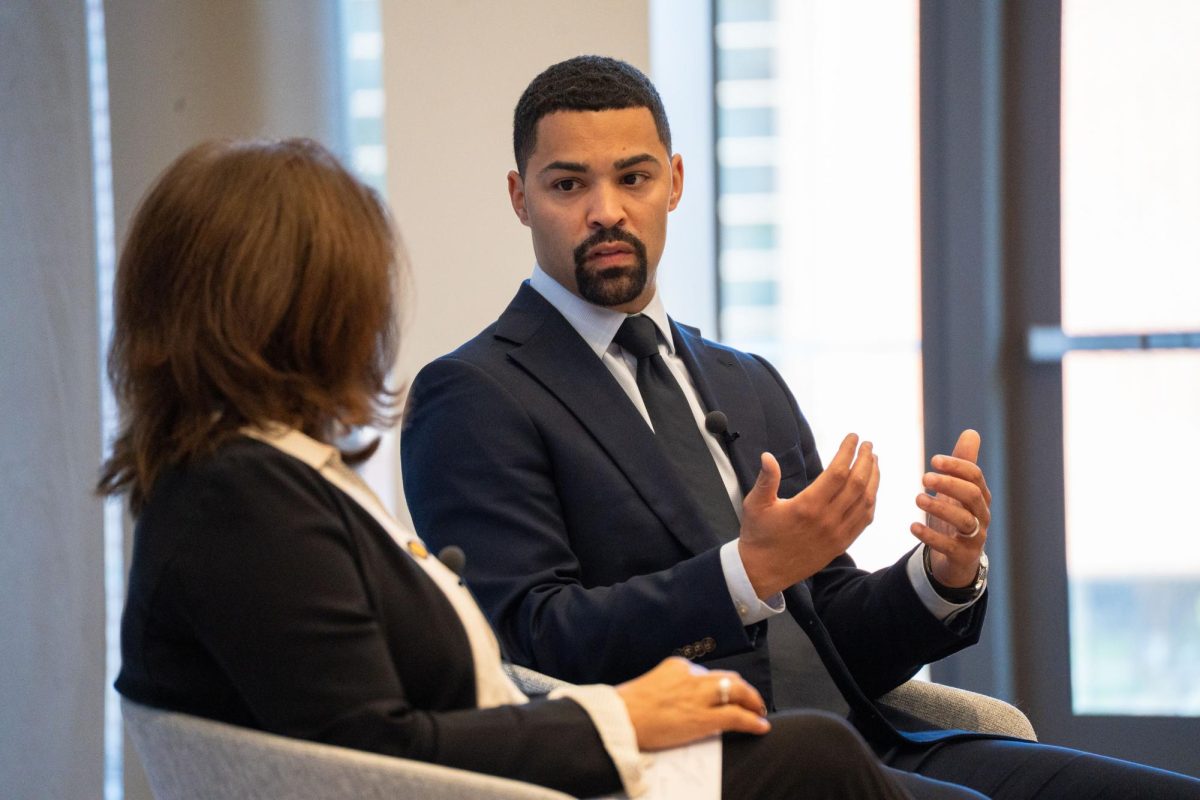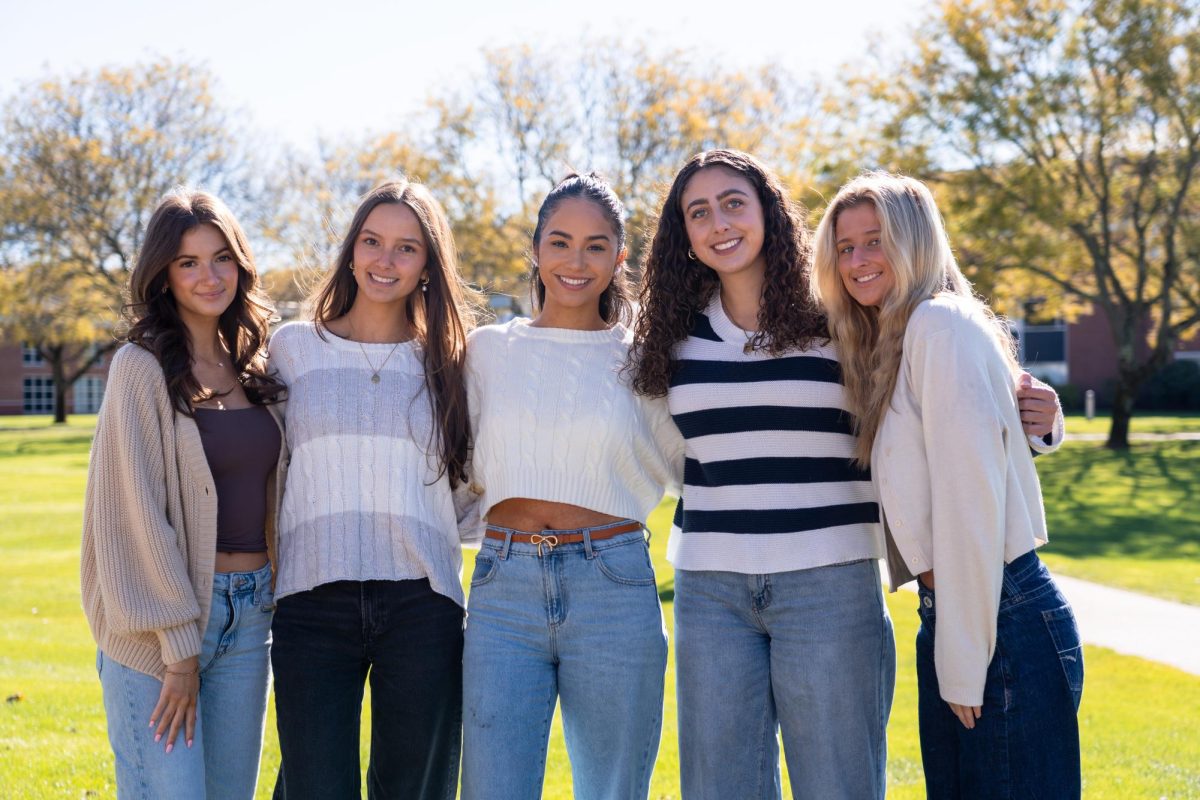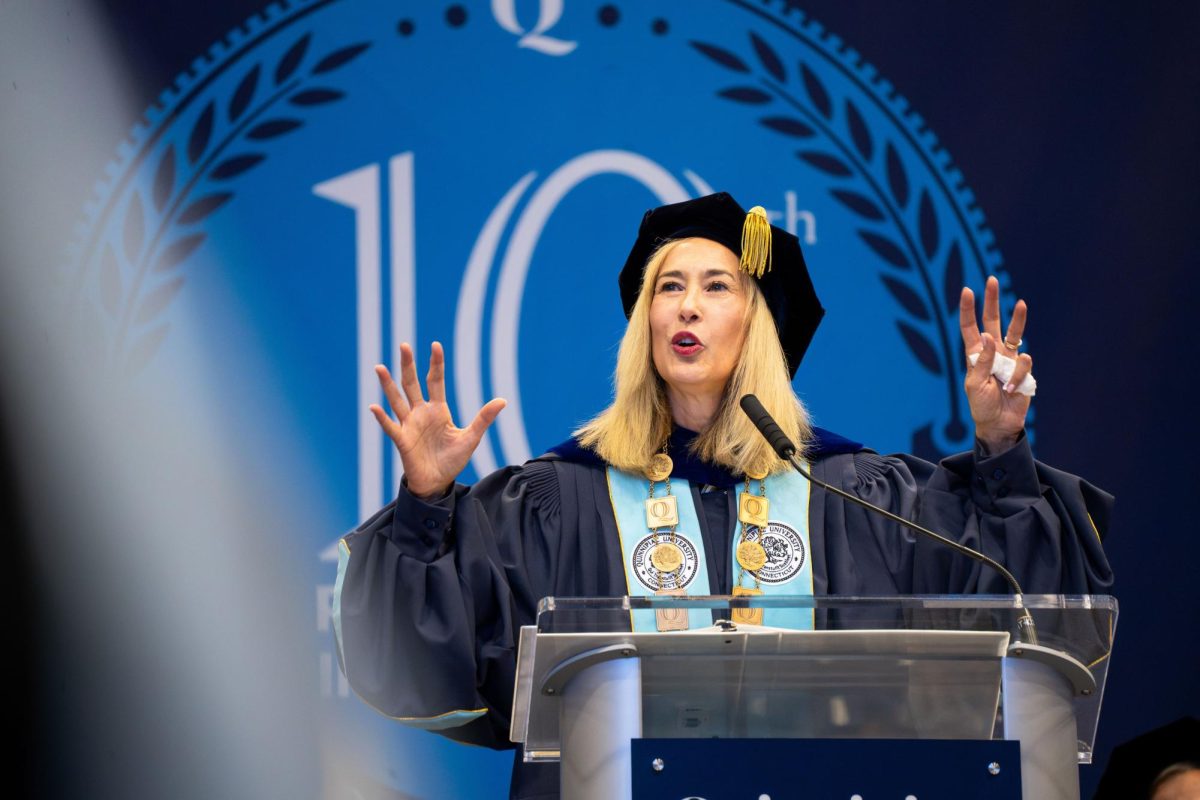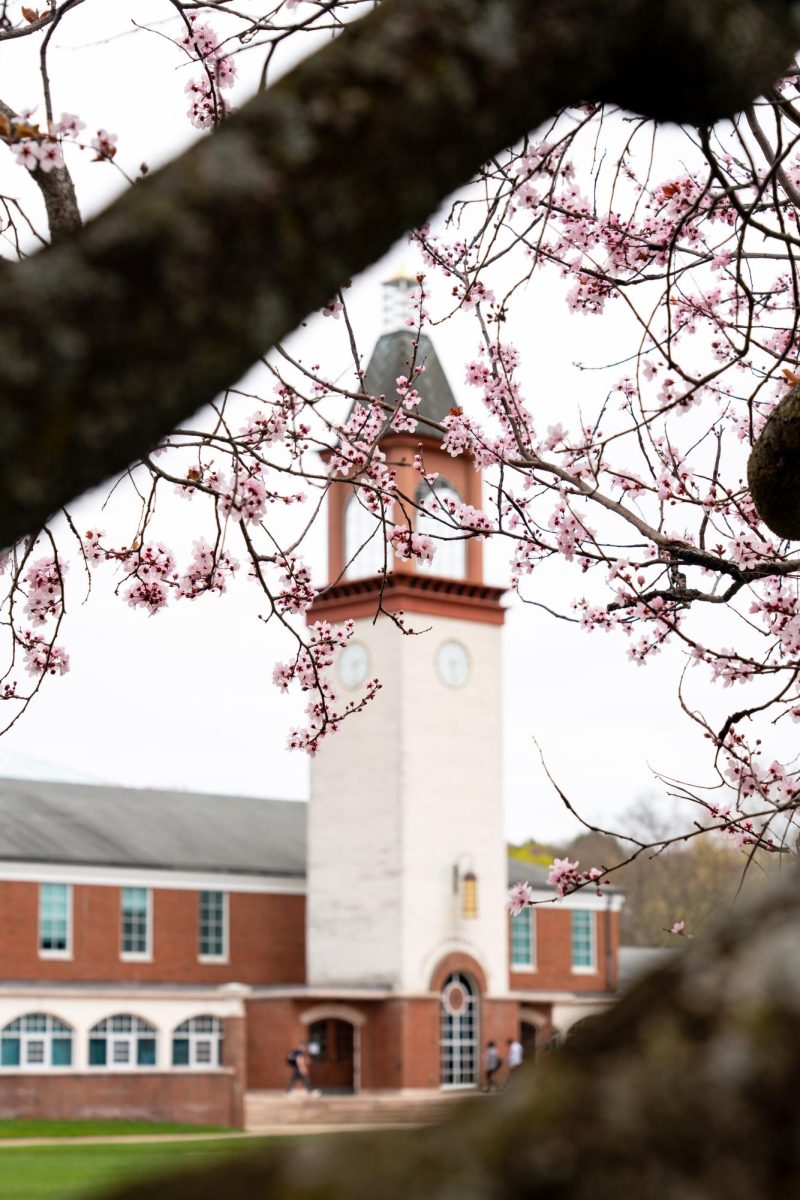Since 2012, Hamden was home to The Quinnipiac Great Hunger Museum until it closed during the COVID-19 pandemic. Now, students and faculty are pushing for the museum to be reopened amidst the beginning of the tenure of the university’s new president, Marie Hardin.
During its time, the museum was only one of two in the country, attracting professors, students and visitors from Ireland. The museum served as a resource for students beyond their textbooks.
With such a large population of people with Irish descent across the U.S., and specifically in the Northeast, the museum “established a really deep link between the United States and Ireland that exists to this day,” David Valone, professor and chair of history and geography, said.
President Emeritus John Lahey opened the museum 13 years ago and it closed under President Emerita Judy Olian’s tenure in 2020.
Lahey is part of the U.S.’s population of those with Irish descent and has several experiences in research and spreading awareness of the Great Hunger.
“In 1997 I had the honor to serve as Grand Marshal of the New York City St. Patrick’s Day Parade,” Lahey wrote on the museum’s official website. “I made Ireland’s Great Hunger the theme of that year’s parade to commemorate the 150th anniversary of Black ’47, the worst year of the Irish Famine. During the months leading up to the parade, I made many public appearances and gave many speeches on the Great Hunger.”
But later, as everything shut down during the pandemic, so did the museum. Once the university reopened, concerns of possible low enrollment, finances and other uncertainties led to the decision to keep the museum closed.
“I think in that context, there was a decision by the upper administration of the university at that time that they couldn’t afford to reopen the museum, essentially and then it was shut down,” Valone said.
Now, both students and faculty are making efforts to push for the museum to be reopened. Senior political science and journalism double major Alan McKneely created a petition on change.org, which, at the time of publication, has 1,968 signatures.
“This petition to restore the museum is the largest student movement since the pandemic,” McKneely wrote in an email to The Chronicle. “My team and I do have a plan about a possible reopening without any tuition dollars going up for any student here at Quinnipiac, which we hope to unveil soon. And I’m hoping Marie Hardin will be able to help us restore this beacon of Irish History.”
In addition to the petition, about 40 faculty members signed a letter sent to Hardin and Chairman of the Board of Trustees Chuck Saia, urging the decision to be reconsidered. The faculty response was initiated by Valone.
“In the context now of the new president coming in, it seems like there might be an opportunity to reevaluate decisions that were made by the old presidential administration,” Valone said.
Currently the university does not plan to bring the museum back.
“There are no plans to reopen Ireland’s Great Hunger Museum” John Morgan, associate vice president for public relations at Quinnipiac University, wrote in a statement to The Chronicle.
The collection itself dates back a little over 10 years prior to the museum.
In 2001, the Arnold Bernhard Library was reconstructed and Lahey received financial support from the Lender brothers — Murray, Quinnipiac alumnus and vice chairman of our Board of Trustees, and his brother Marvin — to start a collection of art and scholarly resources that are related to the Great Hunger. Those resources were placed in the library’s Ireland’s Great Famine of the 19th century in the Lender Family Special Collection Room — which remains open today.
Once the collection grew beyond the space, Lahey made the decision to construct an off-campus museum.
Both students and faculty utilized the space often.
“I would bring my students over to see the museum,” Valone said. “I had students who interned in the museum and it was a great resource, certainly for students who are interested in history and art and museums and all those are all things that are kind of connected with the history department in one way or another.”
A year after the museum was opened, Quinnipiac created Ireland’s Great Hunger Institute, which is directed by Professor Christine Kinealy, the world’s leading scholar and authority on Ireland’s Great Hunger, according to Lahey. The institute serves as a complement to the museum.
“When President Lahey set it up, he very much had a vision of a museum off campus, an institute on campus and all underpinned by a wonderful library collection,” Kinealy said.
Lahey has not made public comment on the museum’s closure since it happened five years ago, but his thoughts remain the same.
“The decision to close the Great Hunger Museum made absolutely no sense to me,” Lahey wrote in a statement to The Chronicle. “At the time of its closure, another decision was stated, claiming that the collection would be given to The Irish Great Hunger Museum of Fairfield (IGHMF)— another decision that confused Lahey.
“The stated plan at the time five years ago to give the museum and its unique and valuable collection to some paper-only entity in the Town of Fairfield in which not just one but two of our competitors are located made even less sense to me than the decision to close the museum,” Lahey wrote.
According to Lahey, this plan was not followed through.
“My views on this matter have not changed over the past five years during which time the museum doors have remained closed, the collection is largely collecting dust in Hamden/North Haven, and the stated plan to move the collection to some entity in the Town of Fairfield remains a pipe dream,” Lahey wrote.
And Lahey is not the only one to feel this uncertainty.
“They mean well, but they’ve had years to fundraise for the new museum, and no fundraising numbers have been publicly released from (Ireland’s Great Hunger Museum of Fairfield since 2020),” McKneely wrote. “Questions have emerged regarding their paperwork for the museum status.”
However, Morgan noted the IGHMF for allegedly housing the collection.
“We remain committed to ensuring ongoing public access to the collection,” Morgan wrote. “Quinnipiac has been closely collaborating with Ireland’s Great Hunger Museum of Fairfield, Inc., which has made meaningful progress on establishing a new home for the collection in Fairfield. In the meantime, IGHMF is showcasing art from the collection through exhibitions around the state and region. To follow IGHMF’s progress, please visit ighmf.org.”
And while the museum has now been closed for five years, it still garners interest beyond the Quinnipiac community.
“And five years later, people in Ireland still asked me, ‘Why did the museum close?’” Kinealy said. “In fact, we had a visitor a few weeks ago to the library. He’s writing a book on Black Irish history and he said, ‘Oh, while I’m there. Can I see the museum?’”
Not only did — and would, should it reopen — the museum serve as a resource into the tragedy that struck Ireland, but the event overall is relevant to other catastrophes in its time period and has modern day connections.
Kinealy, McKneely and Valone all highlighted this fact.
“The very stories it’s telling are universal and relevant to today,” Kinealy said. “When we think about food security, food insecurity, the refugee crisis, displacement, inequality, financial of incomes, etc, these are things that pertain to what happened in Ireland, but they also remain relevant today.”
Valone echoed this sentiment.
“There’s just a lot of things that continue to be really kind of powerful in today’s world,” Valone said. “The museum spoke to a lot of very significant issues.”
Now, students and faculty who wish for the reopening await an administrative response, hoping to one day see its doors open again.
“I think it represents a lost opportunity, keeping the building closed and the collection in storage and I think it would be great if we could open it,” Kinealy said. “I’m really happy that students have taken the initiative, because clearly they recognize the value of this unique collection.”



